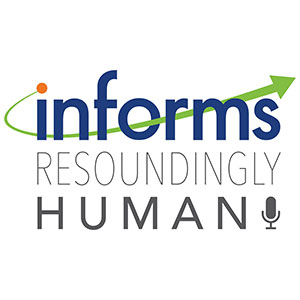
Want to reduce food waste? Add more grocery stores
Americans waste an obscene amount of food. Between 30 and 40 percent of food produced for human consumption never gets eaten, ending up in landfills where it breaks down and emits methane, a greenhouse gas whose pound-for-pound impact is 25 times greater than carbon dioxide over a 100-year period.















